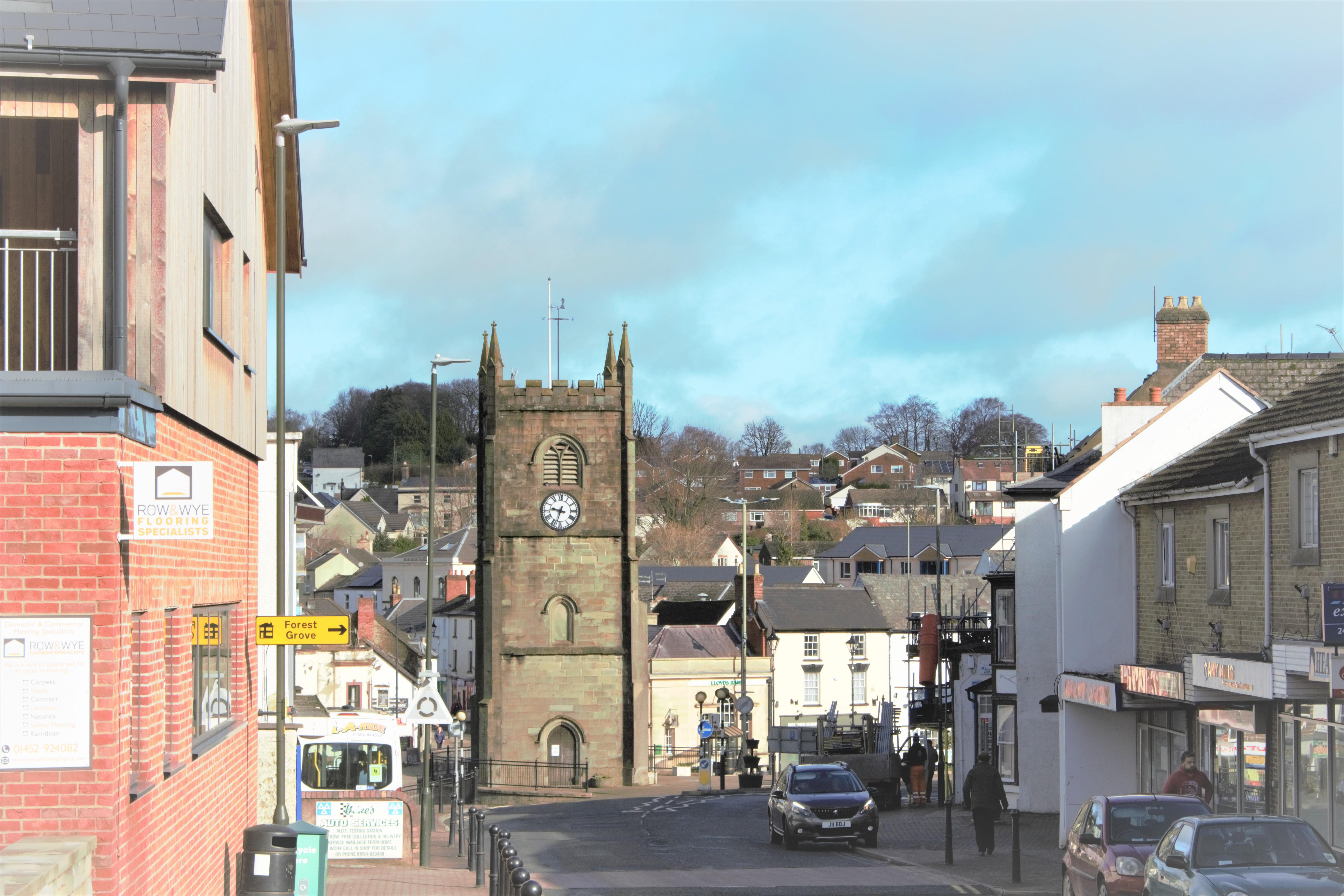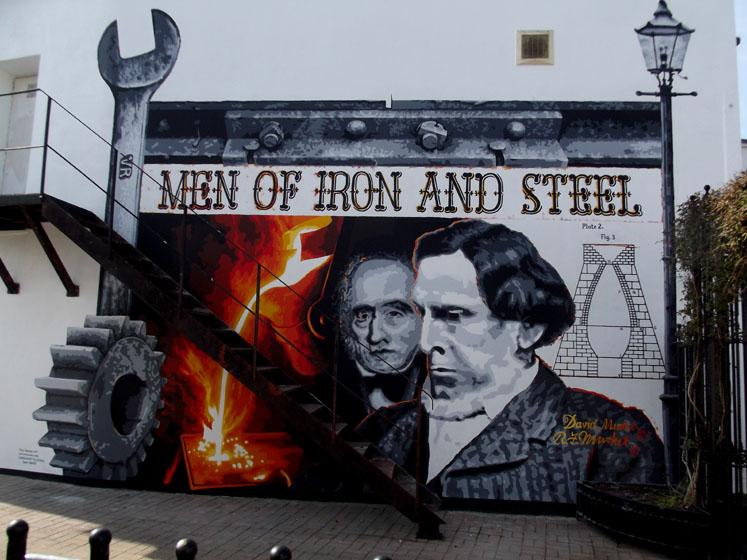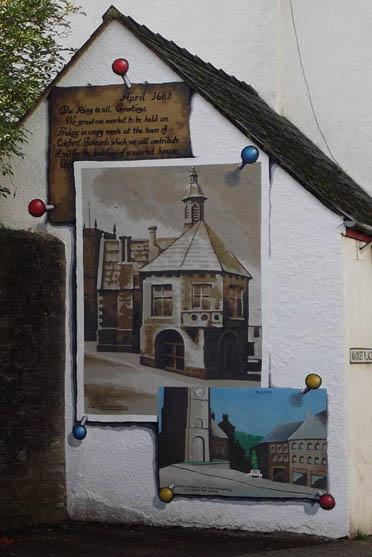Archaeology
Much of the archaeology discovered in Coleford parish bear
testament to the long association that the town has had with mining and
quarrying. The most significant early archaeological finds in Coleford date
from the late Iron Age and Roman Periods. Most of these finds have been located
in the south of the parish probably associated with the extensive iron mining
in the scowles around Puzzle Wood and the Stock Farm Roman villa site which lie
just south-west of the parish boundary.
Over 2000 archaeological features can be found just in this
one parish, but particularly noted, and easy to see are the Whitecliff Furnace
complex, to the south-west of the town centre and secondly, the remains of the
Dark Hill Iron Works to the south-east of the parish. Both sites are scheduled ancient
monuments. Close to Dark Hill are the remains of the Titanic Steel Works, of
which very little remains. All of these are associated with the Mushet family,
who helped develop the steel industry.
Coleford was
first recorded as Colevorde in 1275, and is one of four key towns in the Forest of Dean,
on a routeway from Wales to Gloucester which was especially relevant in the
Battle of Coleford 1643, when local people, annoyed at what they saw as the
selling off the Forest by Charles 1, managed to defeat a company of Royalist
troops heading for Gloucester. However,
as a result the Royalists returned and the centre of town was burned down –
which is why nowadays there is a Georgian character to this Conservation Area.
The
Clock Tower and Cross indicate where the central octagonal church once stood,
and adjacent, where the tree with seat is found, was where the Market House or
Town Hall was located. The octagonal church was dismantled 1882, leavingthetowerbehind,
andthecross
islocatedonthesiteofthealtar.TheMarket
House was pulled down and the centre altered in 1968 for highways improvements.
There are 42 listed buildings beside the three scheduled ancient monuments
and also “Scowles” (features associated with early iron ore mining).
The smallmarkettown in 1643 grewto
athrivingindustrialcentrebythelate18thcentury.
The changes in industrial heritage from coal and iron freemining, tramroads to
railways, to manufacturing and services are all represented still. Names like David
and Robert Mushet, James Teague date from that period.
Murals round Coleford illustrate such
people, and also the more modern authors who hail from here, such as Dennis
Potter, Winifred Foley. The monthly market reflects the charter of 1661.
The character is complex, based in
industry and landscape. There are opportunities to learn more about it from
local sources, with specific guided walks in Coleford Area Walking Festival and
through Coleford’s
Hidden Heritage App






